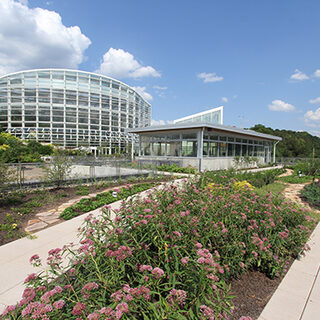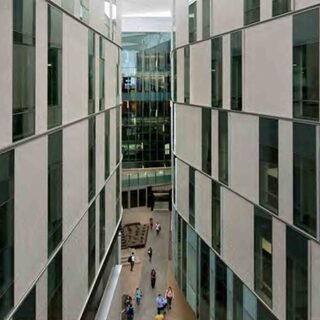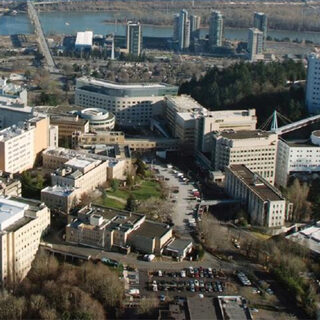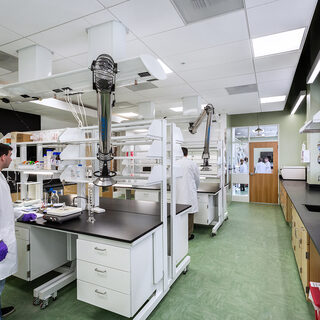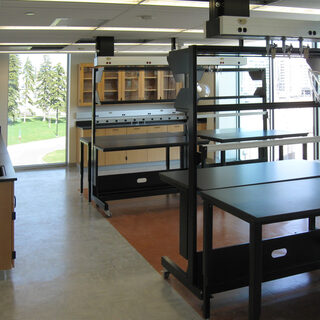Tradeline's industry reports are a must-read resource for those involved in facilities planning and management. Reports include management case studies, current and in-depth project profiles, and editorials on the latest facilities management issues.
Latest Reports
Center for Sustainable Landscapes
The Center for Sustainable Landscapes (CSL), Phase III of a major expansion to Pittsburgh’s Phipps Conservatory and Botanical Gardens, is on course to be the first building in the world awarded certification as both LEED Platinum and a Four-Stars Sustainable Site (SITES), both of which were obtained in 2013, as well as Living Building Certification. It was certified as a Net-Zero Energy Building in 2014.
Health Sciences Education Building
The 268,000-sf, six-story Health Sciences Education Building (HSEB) incorporates the College of Medicine and Pharmacy from the Arizona School of Medicine with Northern Arizona University’s physician assistant, physical therapy, and occupational therapy programs into the integrated and interdisciplinary Phoenix Biomedical Campus. A 2-million-sf, 28-acre campus master plan includes a recently constructed 20,000-sf underground vivarium, and several research buildings. To the north is a cancer center, which adds a clinical component.
Academic Medical Center Overcomes Space Constraints with a “Good Neighbor” Approach
The master plan for Oregon Health and Science University (OHSU) in Portland, Ore., offers valuable lessons in how public-private partnership and well-tended relationships with neighboring developments can overcome significant growth constraints. The university found ways to eke out space and funding for new buildings and programs where little seemed to be available.
Organic Chemistry Teaching and Research Laboratory Renovations
The 2,200-sf gut renovation for organic chemistry labs at Marywood University’s Center for Natural and Health Sciences Building includes three spaces: a 16-student organic chemistry teaching lab with filtering chemical fume hoods (shown above), an eight-student organic chemistry research lab with conventional ducted hoods, and a dedicated laboratory preparation and support space, also equipped with ducted hoods.
John & Judith Kapoor Hall
The University of Buffalo's John & Judith Kapoor Hall, the former Acheson Hall, was completely gutted and renovated, including interior walls and HVAC systems, to bring the building and its technologies into the 21st century for the School of Pharmacy. The 160,000-sf building was originally constructed as a chemistry building in 1959, with additions in 1962 and 1963.

